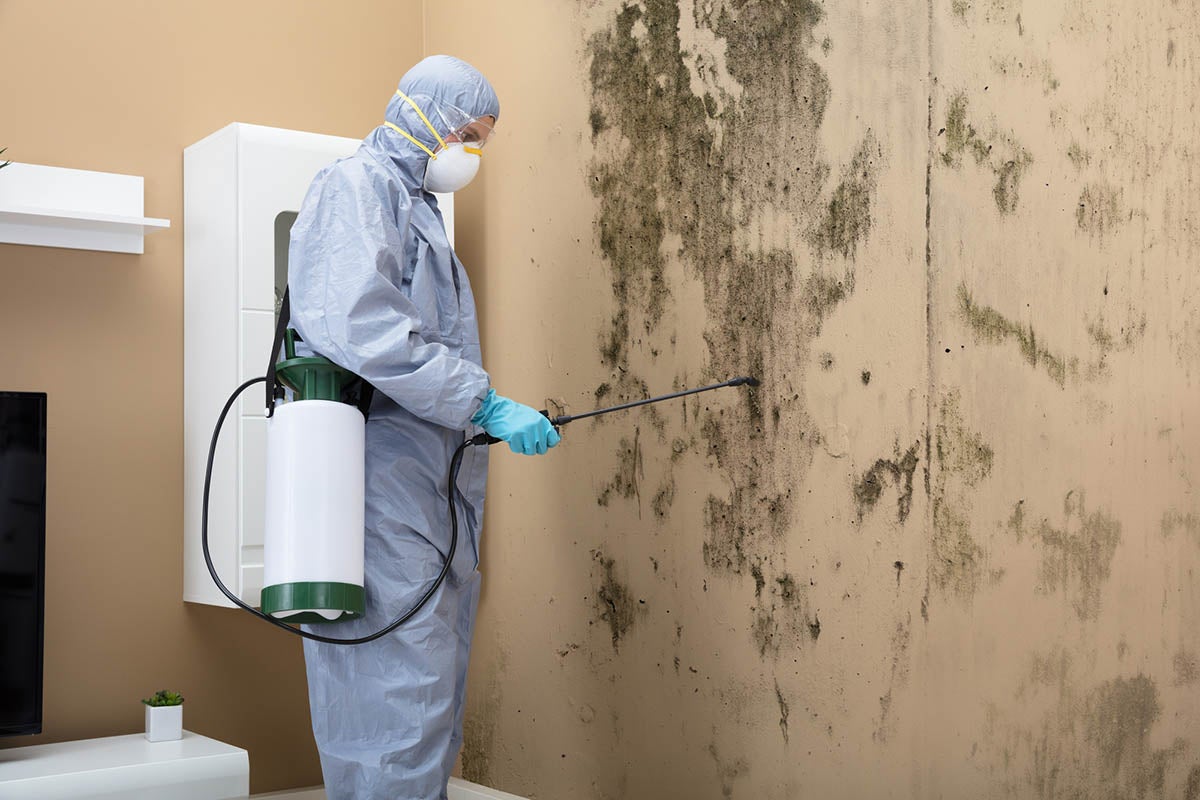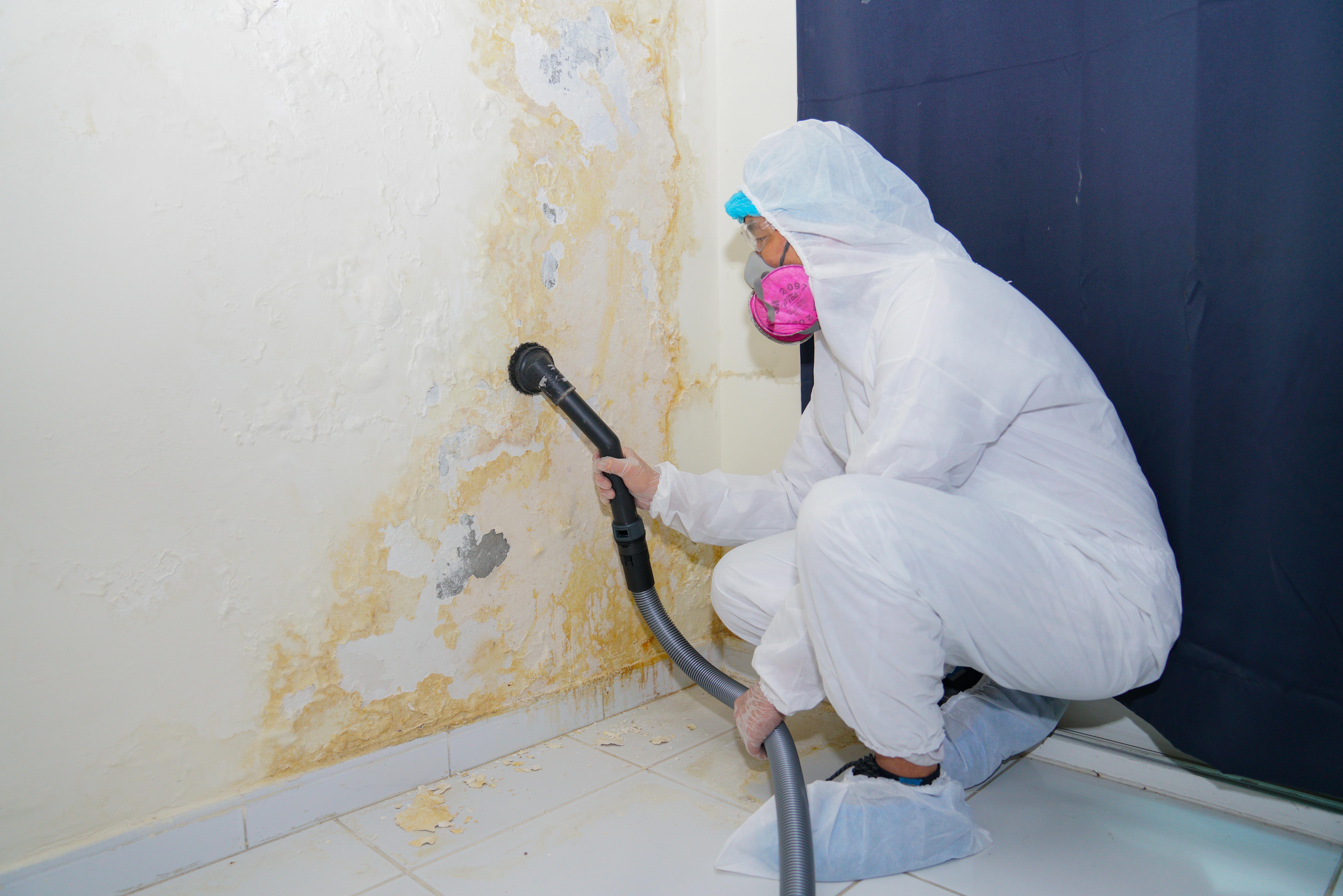Effective Blog Post Mold And Mildew Remediation Solutions for Your Home
Mold development in homes can be a persistent concern, commonly needing a methodical method for effective post-remediation remedies. From recognizing the aspects that contribute to mold and mildew growth to executing proper cleaning strategies and wetness control steps, the procedure can be elaborate yet vital for keeping a healthy and balanced living environment. Post remediation mold testing near me.
Recognizing Mold And Mildew Growth Variables
Mold growth is affected by a variety of factors that are critical to understand in order to properly resolve and avoid its expansion. Understanding these factors is important in applying effective mold remediation techniques. The key variable adding to mold development is dampness. Mold spores need dampness to thrive and germinate, making moist or moist atmospheres highly susceptible to mold and mildew invasions. Poor ventilation can likewise result in moisture build-up, creating a suitable reproduction ground for mold.

Moreover, air flow and light direct exposure can impact mold and mildew growth. Locations that do not have correct air flow and natural light are more susceptible to mold growth. By addressing these variables adequately, individuals can efficiently mitigate mold development and guard their living atmospheres.
Appropriate Mold And Mildew Cleaning Strategies
Making use of effective cleansing methods is crucial in stopping the recurrence and attending to of mold contamination in indoor environments. The initial step in correct mold and mildew cleaning is to have the afflicted area to stop the spread of spores to unpolluted areas.

Executing Moisture Control Procedures
To properly avoid mold development and contamination in indoor atmospheres, carrying out wetness control measures is extremely important. In addition, making sure appropriate ventilation in areas prone to moisture build-up, such as bathrooms and kitchen areas, can aid lower the danger of mold and mildew development. By faithfully applying these wetness control procedures, house owners can properly lower the probability of mold and mildew recontamination and keep a healthy interior atmosphere.
Utilizing Natural Remediation Solutions
After efficiently carrying out moisture control procedures to prevent mold and mildew development in indoor settings, house owners can currently explore the efficiency of natural removal services in keeping a healthy space. Natural removal solutions use eco pleasant methods to fight mold and mildew and mildew, making them a prominent selection for those seeking non-toxic options. One such remedy is making use of vinegar, an all-natural antimicrobial agent, to clean and disinfect surfaces contaminated by mold and mildew. Simply water down vinegar with water useful content and spray it onto the affected locations, allowing it to sit for a couple of hours prior to wiping tidy. In addition, tea tree oil, recognized for its antifungal homes, can be blended with water and sprayed onto mold-infested surfaces to inhibit further development. An additional all-natural alternative is hydrogen peroxide, which can effectively kill mold on numerous surface areas without leaving dangerous residues behind. By integrating these natural remediation remedies right into their cleansing routines, home owners can efficiently fight mold development while advertising a healthier interior setting on their own and their households.

Preserving a Mold-Free Atmosphere
Routinely examining locations susceptible to mold and mildew development, such as shower rooms, attic rooms, basements, and cooking areas, is critical. Correct air flow in areas with high humidity levels is likewise essential to avoiding mold and mildew growth.
Additionally, keeping sanitation in the home is important for mold avoidance. Routinely cleansing and cleaning surface areas, carpetings, and upholstery can aid remove mold spores prior to they have an opportunity to resolve and increase. Using mold-resistant items for construction products and home furnishings can additionally aid in producing a mold-free atmosphere. Maintaining interior plants in check and ensuring appropriate drainage in outside landscaping can reduce dampness accumulation, lowering the possibility of mold problems. By following these positive maintenance techniques, homeowners can properly promote a mold-free space.
Final Thought
To conclude, it is vital to deal with mold growth elements, utilize correct cleaning strategies, apply wetness control procedures, use natural removal options, and keep a mold-free atmosphere in order to efficiently handle post mold and mildew remediation in your home - After mold remediation. By following these approaches, you can avoid mold from persisting and ensure a healthy living environment for you and your household
The key variable contributing to mold and mildew growth is wetness. Mold and mildew this article spores call for wetness to sprout and thrive, making damp or wet settings highly vulnerable to mold and mildew infestations.To properly stop mold and mildew growth and contamination in interior settings, applying dampness control actions is extremely important. Furthermore, making sure correct air flow in locations vulnerable to moisture buildup, such as bathrooms and kitchen areas, can assist minimize the danger of mold development.After effectively applying wetness control steps to avoid mold growth in indoor settings, home owners can currently explore the effectiveness of all-natural removal options in preserving a healthy living space.